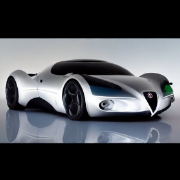[USA] SRT Viper 2013
quanto ti piace la SRT Viper 2013?
163 voti
-
1. quanto ti piace la SRT Viper 2013?
-
• Molto104
-
• Abbastanza35
-
• Poco23
-
• Per niente1
-
- Si prega di accedere o registrarsi per votare a questo sondaggio.



.thumb.jpg.902d2a4f20a129e92b6f6920407b81bd.jpg)




.thumb.jpg.46228d717c405acd43b45b79fddce6a4.jpg)












Messaggi Raccomandati:
Crea un account o accedi per lasciare un commento
Devi essere iscritto per commentare e visualizzare le sezioni protette!
Crea un account
Iscriviti nella nostra community. È facile!
Registra un nuovo accountAccedi
Sei già registrato? Accedi qui.
Accedi Ora